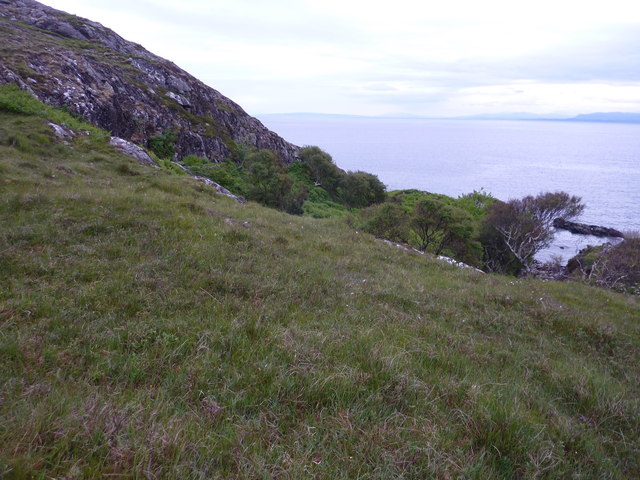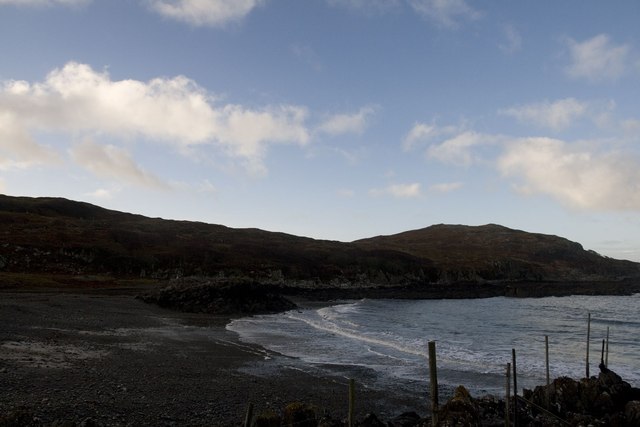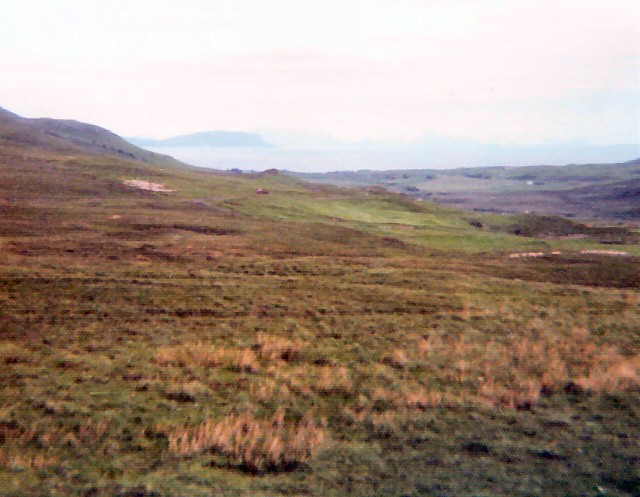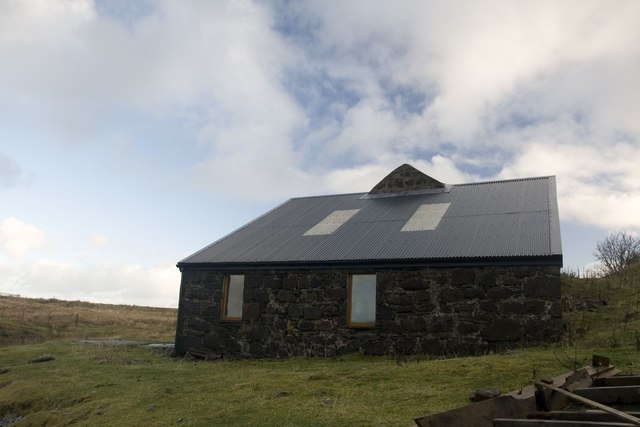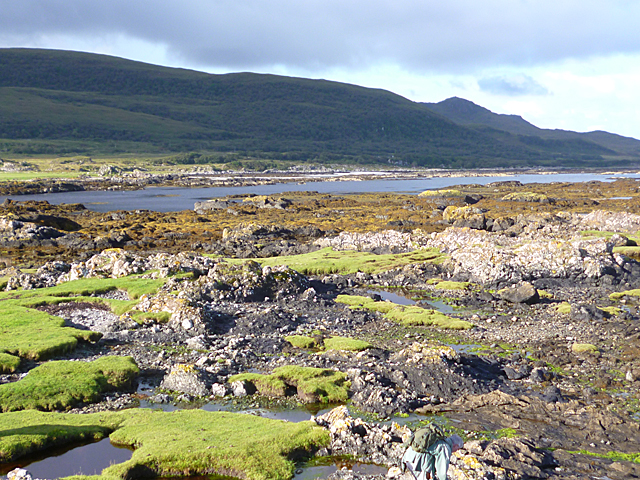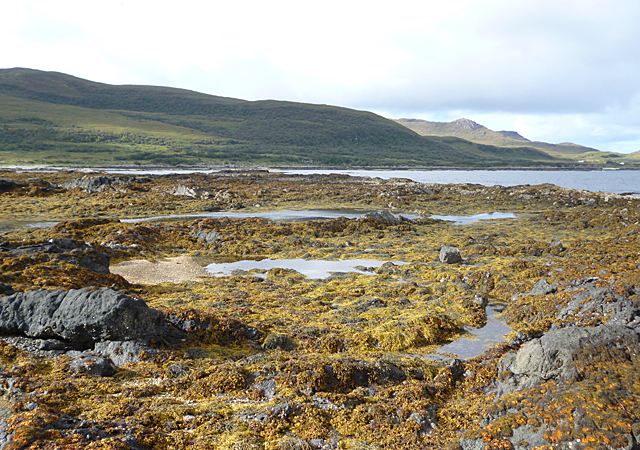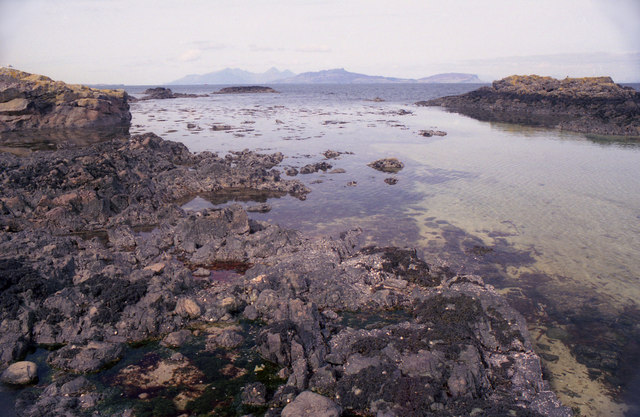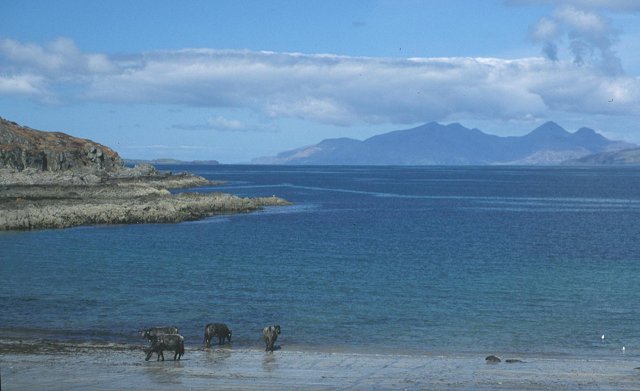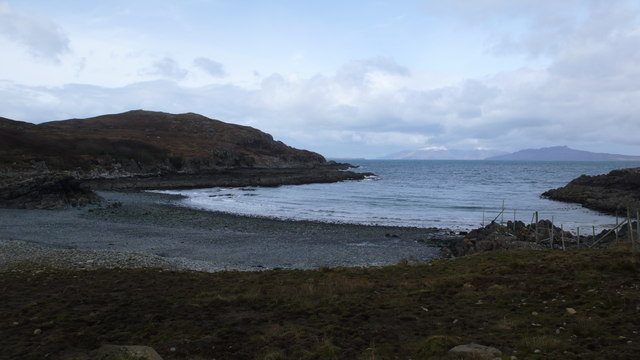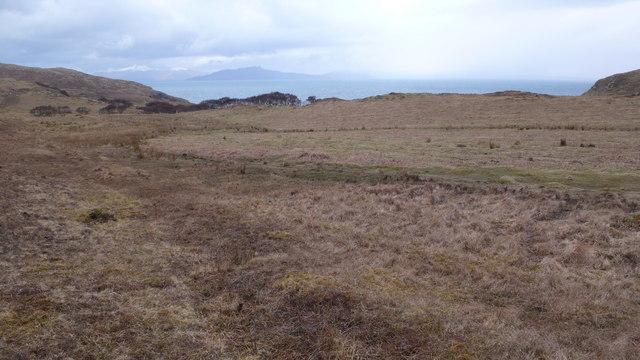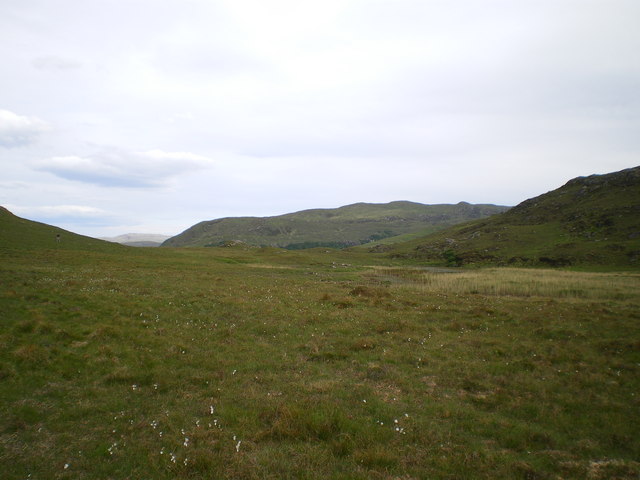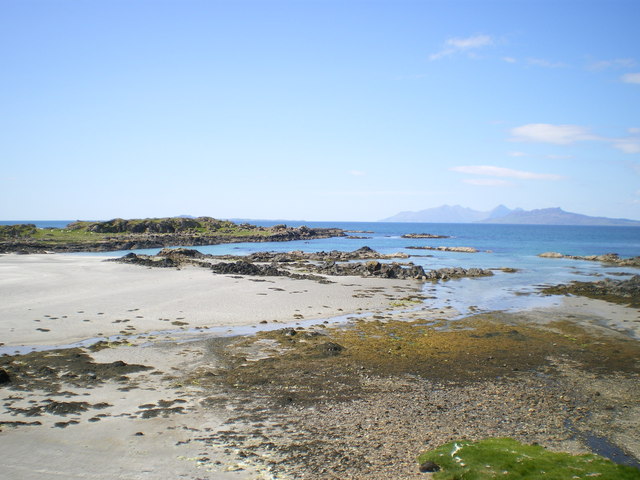Rubha Aird na Cruaich
Coastal Feature, Headland, Point in Argyllshire
Scotland
Rubha Aird na Cruaich
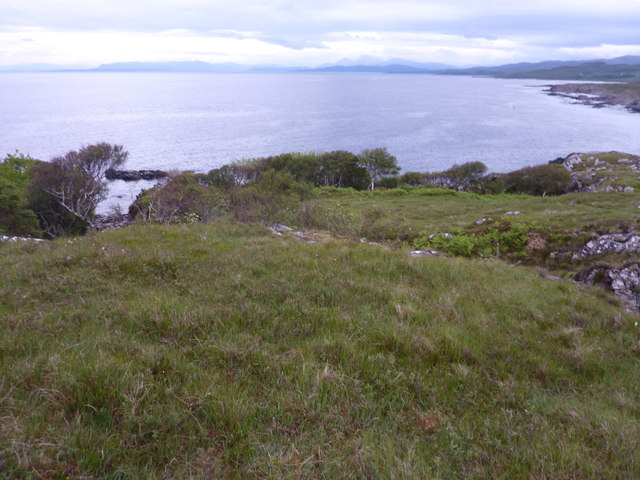
Rubha Aird na Cruaich is a rugged headland located in Argyllshire, Scotland. Situated on the west coast of the Kintyre Peninsula, this coastal feature offers stunning views of the surrounding landscape and the Atlantic Ocean. The headland is characterized by steep cliffs and rocky outcrops, making it a popular destination for hikers and nature enthusiasts.
At the tip of Rubha Aird na Cruaich, visitors can enjoy panoramic views of the sea and the nearby islands of Islay and Jura. The area is known for its diverse wildlife, including seabirds such as gannets, puffins, and guillemots. On a clear day, visitors may also spot seals and dolphins in the waters below.
The headland is accessible by a coastal path that winds its way along the cliffs, offering opportunities for exploration and photography. The rugged beauty of Rubha Aird na Cruaich makes it a must-visit destination for those seeking a taste of Scotland's wild and untamed coastline.
If you have any feedback on the listing, please let us know in the comments section below.
Rubha Aird na Cruaich Images
Images are sourced within 2km of 56.76296/-6.0890967 or Grid Reference NM5070. Thanks to Geograph Open Source API. All images are credited.
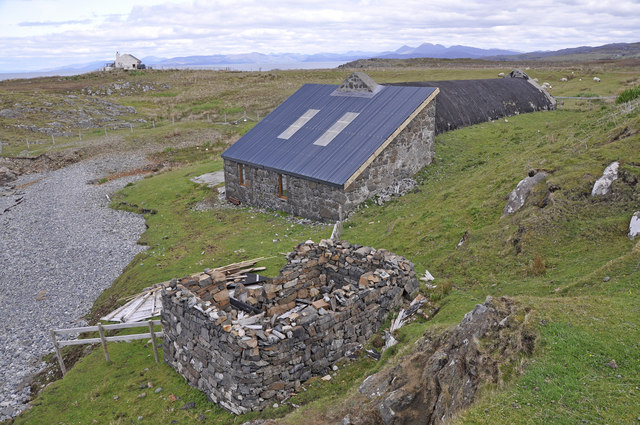


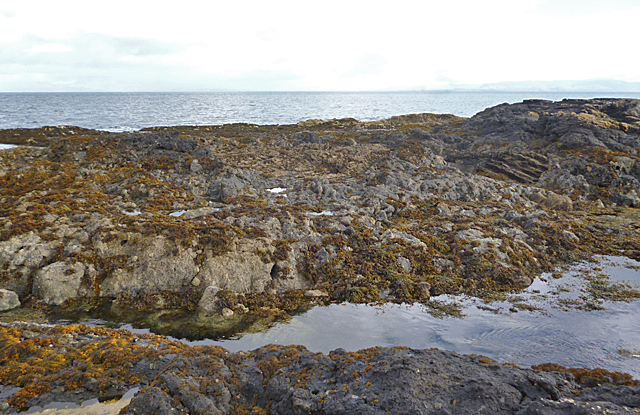
Rubha Aird na Cruaich is located at Grid Ref: NM5070 (Lat: 56.76296, Lng: -6.0890967)
Unitary Authority: Highland
Police Authority: Highlands and Islands
What 3 Words
///princely.inhales.thinker. Near Kilchoan, Highland
Nearby Locations
Related Wikis
Achateny
Achateny (Scottish Gaelic: Ach/Achadh an Teine) is a hamlet in Argyll on Ardnamurchan in the Scottish Highlands. It is in the Scottish council area of...
Kilmory, Ardnamurchan
Kilmory (Cill Mhoire in Gaelic meaning "Mary's Cell" or "Church of Mary") is a small crofting (township) hamlet on the north coast of Ardnamurchan, western...
Port an Eilean Mhòir boat burial
The Port an Eilean Mhòir boat burial is a Viking boat burial site in Ardnamurchan, Scotland, the most westerly point on the island of Great Britain. Dated...
Achnaha
Achnaha (Scottish Gaelic: Achadh na h-Àtha) is a remote village in Ardnamurchan, Lochaber, in the Scottish council area of Highland. One of the local...
Nearby Amenities
Located within 500m of 56.76296,-6.0890967Have you been to Rubha Aird na Cruaich?
Leave your review of Rubha Aird na Cruaich below (or comments, questions and feedback).
